As a cat parent and animal lover who wants the best for all pets, I am passionate about sharing the importance of a species appropriate diet. Dogs and cats are both carnivores and require high amounts of protein in their diets. Dogs can eat some vegetables and fruits in their diets but cats lack the enzyme required to properly digest and use carbohydrates.
I feed my cats raw but realize this is not practical for everyone. Even for me, this sometimes presents a challenge, so I am always looking for substitutes for my homemade raw food, meaning raw meat suppliers, packaged raw food and high-quality canned food for emergencies. I’ll let you know about these in the future.
I hope with this series on the Dangers of Dry Food I can at least convince you to stop feeding your cats dry food even if you don’t move all the way to raw. Although this article is aimed at cats, the ingredients information applies to dry dog food as well.
Rendered Ingredients
Take a look at the ingredients label on your favorite bag of dry food. Does it contain chicken meal, poultry by–product meal, or meat and bone meal (MBM)? Chances are good that it contains at least one. Do you know what this means or how it becomes “meal?”
These meals are rendered ingredients that are made by first putting animal-source proteins through a large grinder to chunk them up. These chunks are boiled until they turn to mush. After the fat is skimmed off, the remainder is dried to a powder. These meals are used as a cheap source of animal protein.
Chicken meal is potentially the least contaminated as it is made in a plant that is usually associated with a slaughterhouse that processes only chickens. Chicken meal, according to the Association of American Feed Control Officials (AAFCO), is the dry rendered product from a combination of clean chicken flesh and skin with or without accompanying bone, derived from whole carcasses of chicken, exclusive of feathers, heads, feet and entrails.
By definition, chicken by-product meal is made from grinding clean, rendered parts of chicken carcasses and can contain bones, offal and undeveloped eggs, but only contains feathers that are unavoidable in the processing of the poultry parts. FDA regulations for rendering plants are fairly loose, using phrases like “as may occur unavoidably in good processing practices.”
At the far end of the spectrum is MBM — meat and bone meal. The raw ingredients in this “dumping ground” may include:
- non-meat parts of cattle, sheep, swine and poultry that are not suitable for human consumption (including diseased parts)
- restaurant waste and out of date supermarket meat (including the packaging!)
- animals that died on the farm, in zoos, roadkill, were euthenized, etc and may be decaying
- animals too sick to walk into the slaughterhouse
Ann Martin, in her book Food Pets Die For: Shocking Facts About Pet Food says, “The most objectionable source of protein for pet food is euthanized cats and dogs. It is a common practice for thousands of euthanized dogs and cats to be delivered to rendering plants, daily, and thrown into rendering vats–along with pet collars, I.D. tags, and plastic bags–to become part of an ingredient called ‘meat meal.’ If you see the term ‘meat meal’ listed as an ingredient, there is no guarantee that the pet food does not contain euthanized cats and dogs.” The drug used to euthanize animals does not degrade with rendering!
MBM is no longer allowed to be fed to cattle (ruminants). It is believed to be the cause of the spread of mad cow disease or bovine spongiform encephalopathy (BSE) in the 90s. Cattle can get the disease by eating less than one gram of diseased meat and bone meal fed to them as a protein source, yet this meal is allowed in our pet food in the US.
Most inexpensive dry foods contain poultry by-product meal or meat and bone meal. Even these are sometimes too expensive for manufacturers to make the necessary profit so they use vegetable proteins such as corn gluten meal, soybean meal, and plant protein concentrates to get the protein up to minimum acceptable levels.
Click on the photos to enlarge so you can read the ingredients.
Carbohydrates
A cat’s natural prey is about 9-10% carbohydrates, mostly from the liver and some from the undigested contents of the prey’s stomach. There is a wide range of carbohydrates in dry cat food, but they average about 30%. Often, when carbohydrate levels are lower, they have been replaced by fat rather than protein.
Carbohydrates in pet food come from grains or starchy vegetables. The simplest form of carbohydrates is sugar and all carbohydrates are a configuration of sugar. Carbohydrates equal calories.
Pet food manufacturers will tell you they add carbohydrates to food for energy. Cats use protein and fat for energy, and although they can digest and absorb carbohydrates, most of them are turned to fat and stored. Carbs do not satisfy a cat’s need for protein so they do not get the “signal” to stop eating. Dry food is a leading cause of obesity in cats.
The high carbohydrate levels cause spikes in blood sugar in the bloodstream. This continual stress on the metabolic system is a major contributor to feline diabetes.
Preservatives
Canned food is preserved by the act of canning and is sealed, but dry foods need preservatives (antioxidants) to ensure a long shelf life. Preservatives can be “natural” or synthetic. Commonly used natural antioxidants include tocopherols (vitamin E), ascorbic acid (vitamin C), citric acid, and rosemary. Synthetic preservatives include butylated hydroxyanisole (BHA) and butylated hydroxytoluene (BHT), propyl gallate, propylene glycol (also used as a less-toxic version of automotive antifreeze), and ethoxyquin.
There is a lot of controversy over the safety of synthetic preservatives. BHA and BHT have been suspected of being carcinogens and ethoxyquin has been associated with a myriad of medical problems in dogs. Further investigation is needed to determine the full health impact of these preservatives.
Keep in mind, if you purchase dry food with natural preservatives, they don’t have as long a shelf life as foods preserved with synthetics.
What it doesn’t contain – Moisture
Cats are engineered to derive their fluids from their prey. They don’t have a big thirst drive and, in fact, don’t usually start drinking water until they are about 3% dehydrated. This contributes to many serious health issues.
Choices
When you go to a pet store that carries a wide variety of pet food, the choices are almost overwhelming. If a cat only needs meat, do they really need a different formula for every breed or scenario, like hairball, indoor, etc? The answer, of course, is no. The truth is that the more formulas a brand has, the more shelf space it gets.
And, oh my, reading all those labels! My suggestion, obviously, is to stop feeding dry, then you won’t have to read them. I truly believe that the cheapest wet food is better than the most expensive dry food.
Have I convinced you of the dangers of dry food and to stop feeding dry food to your cats?
If this post hasn’t convinced you to stop feeding dry, come back for future posts on the Dangers of Dry Food. In the meantime, if you must feed dry, please be sure your dry food meets these minimum standards:
- Uses named meat protein sources such as chicken, turkey, lamb, beef — not vague descriptions like poultry or meat
- Contains no by-products
- Contains no fillers such as corn, wheat or soy
- Contains no artificial ingredients or preservatives
Protein is the most expensive ingredient in dry food and carbohydrates are the cheapest, but don’t let the price of your food fool you. A higher price does not guarantee better quality. Check the ingredients.
Be sure your cat has access to fresh water at all times.
Further reading:
- 10 Reasons Why Dry Food Is Bad for Cats & Dogs
- AAFCO’s Response on Meat and Bone Meal
- The Dangers of Dry Food (pdf)
- Common Sources of Protein in Pet Food
- An Overview of the Rendering Industry and its Contribution to Public and Animal Health
- Antioxidents as Preservatives in Cat Food
- Timeline of Mad Cow Disease Outbreaks




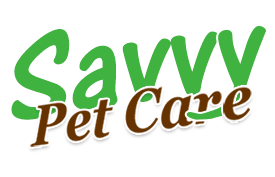
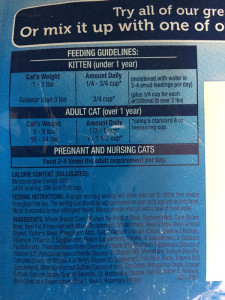
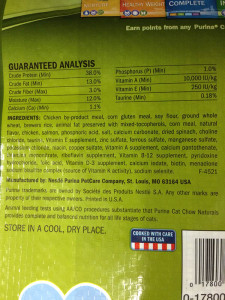
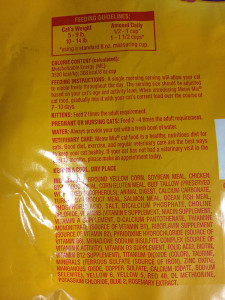
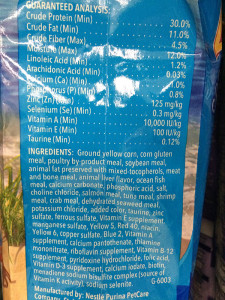
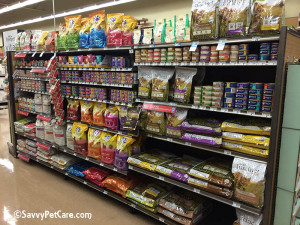
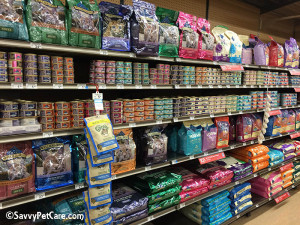
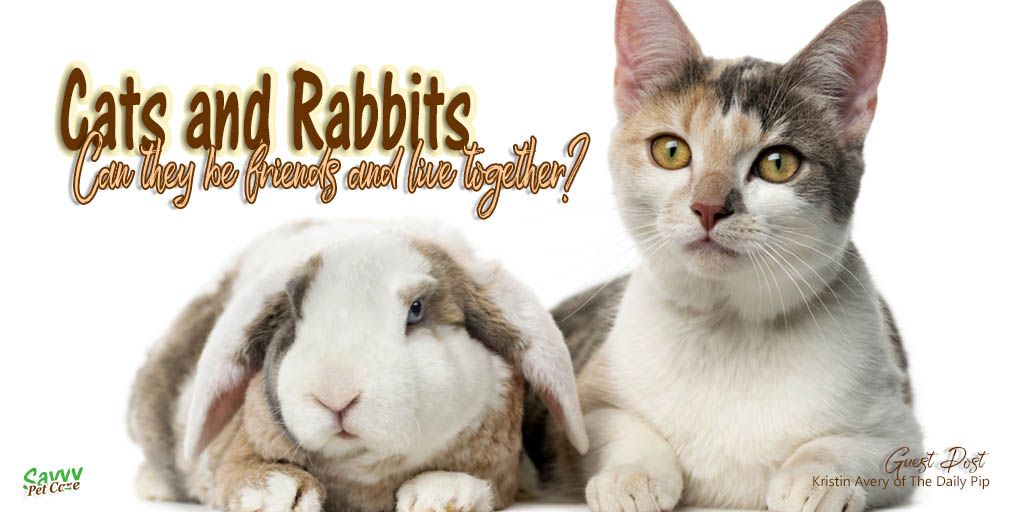
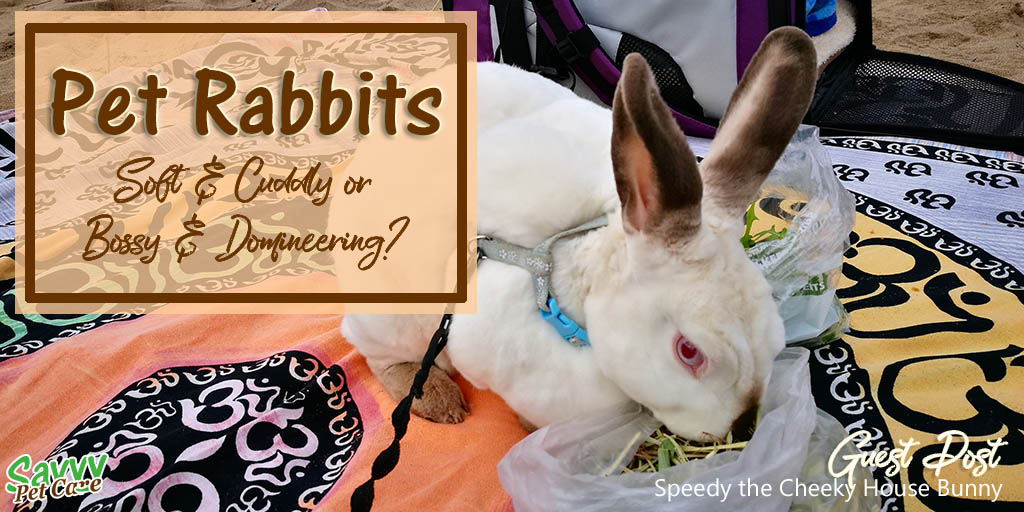
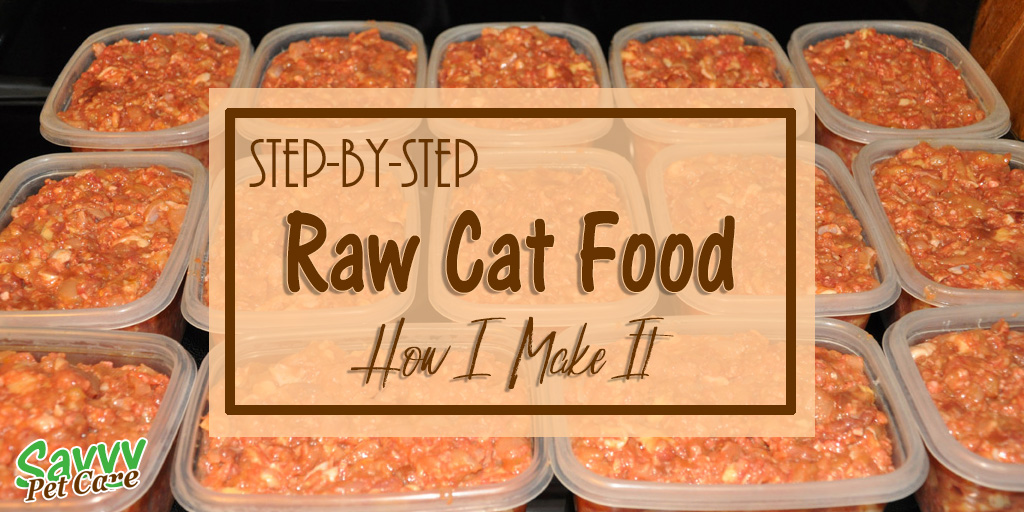
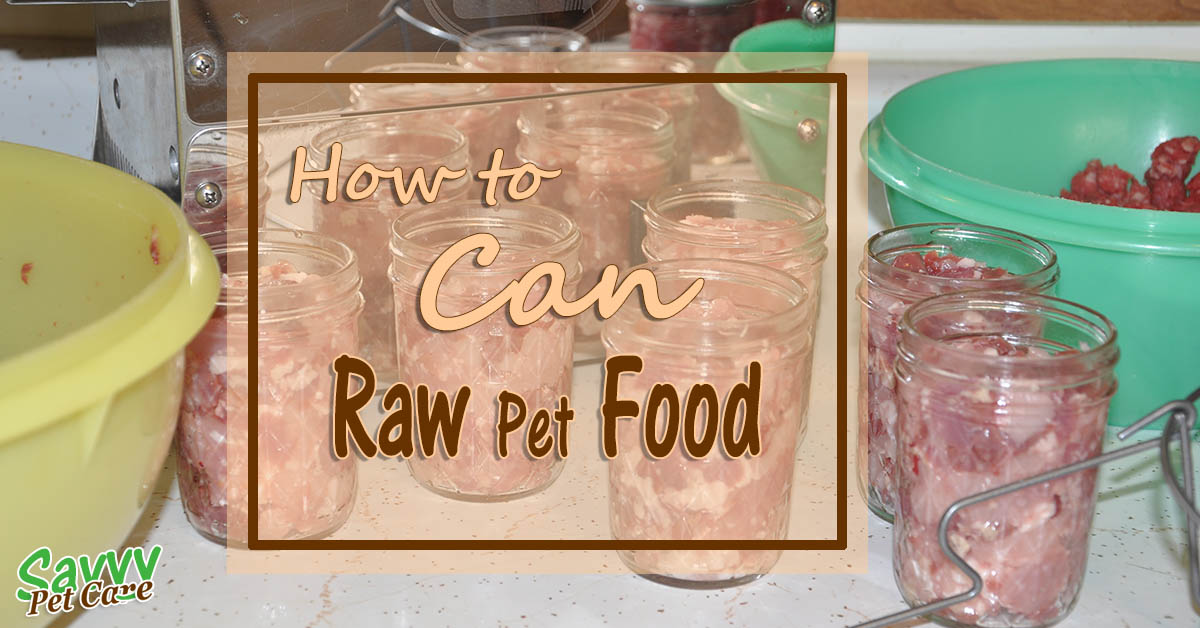


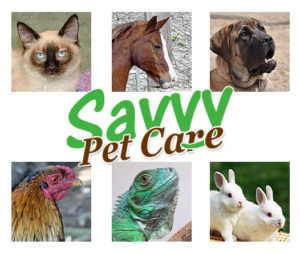
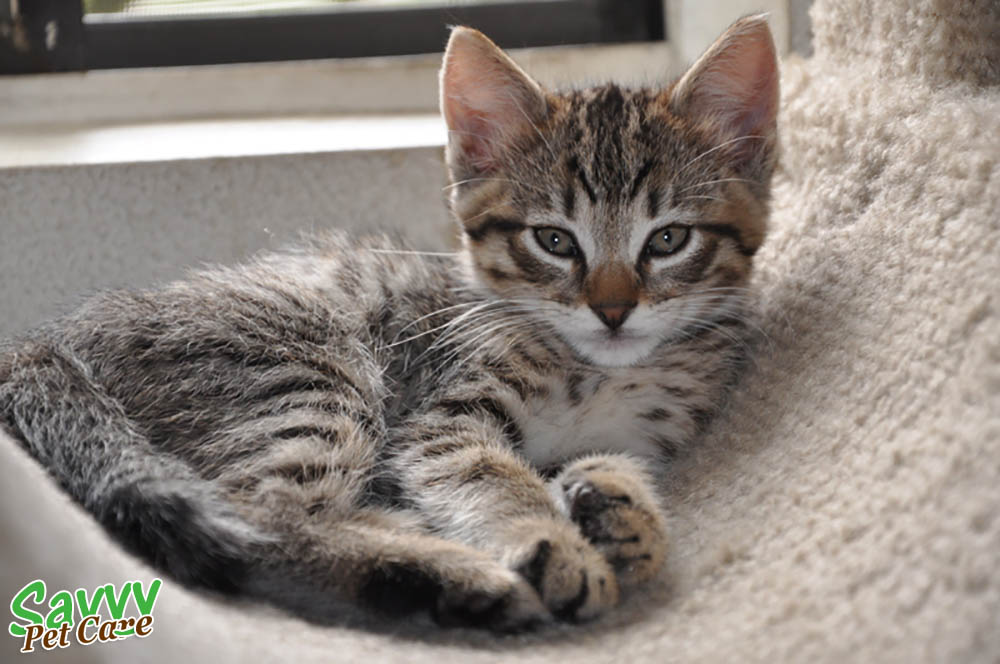
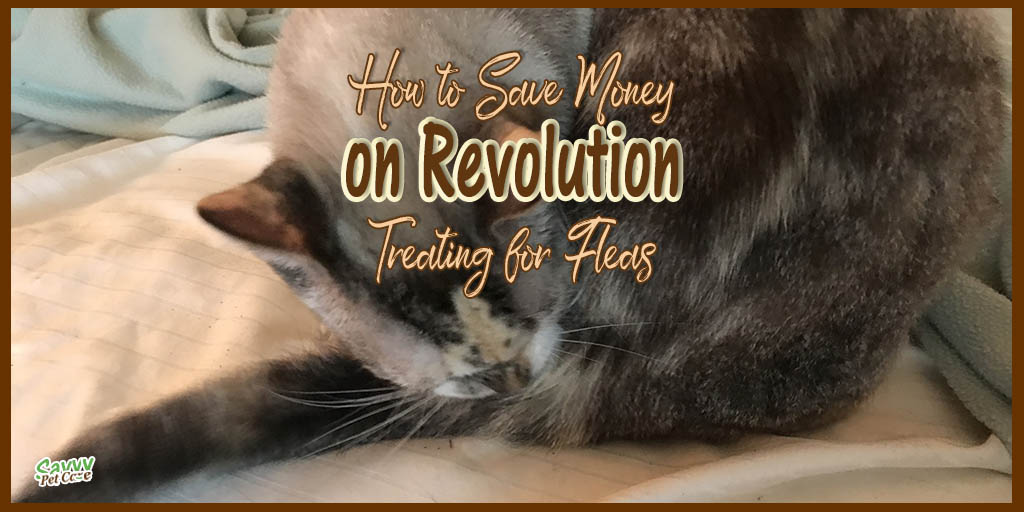
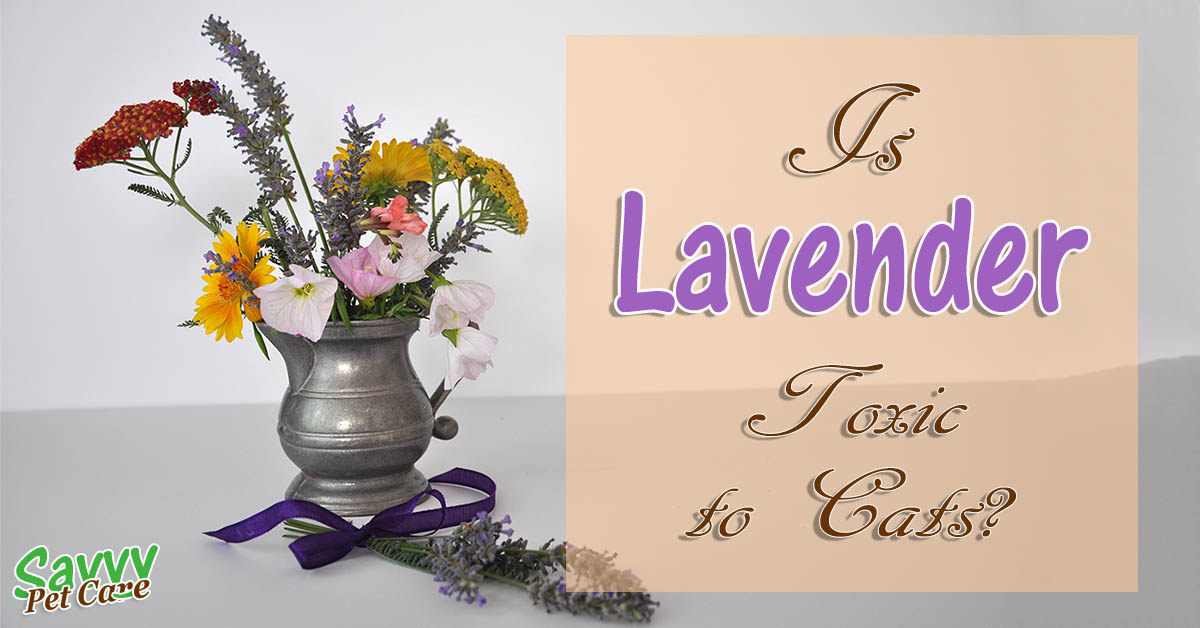
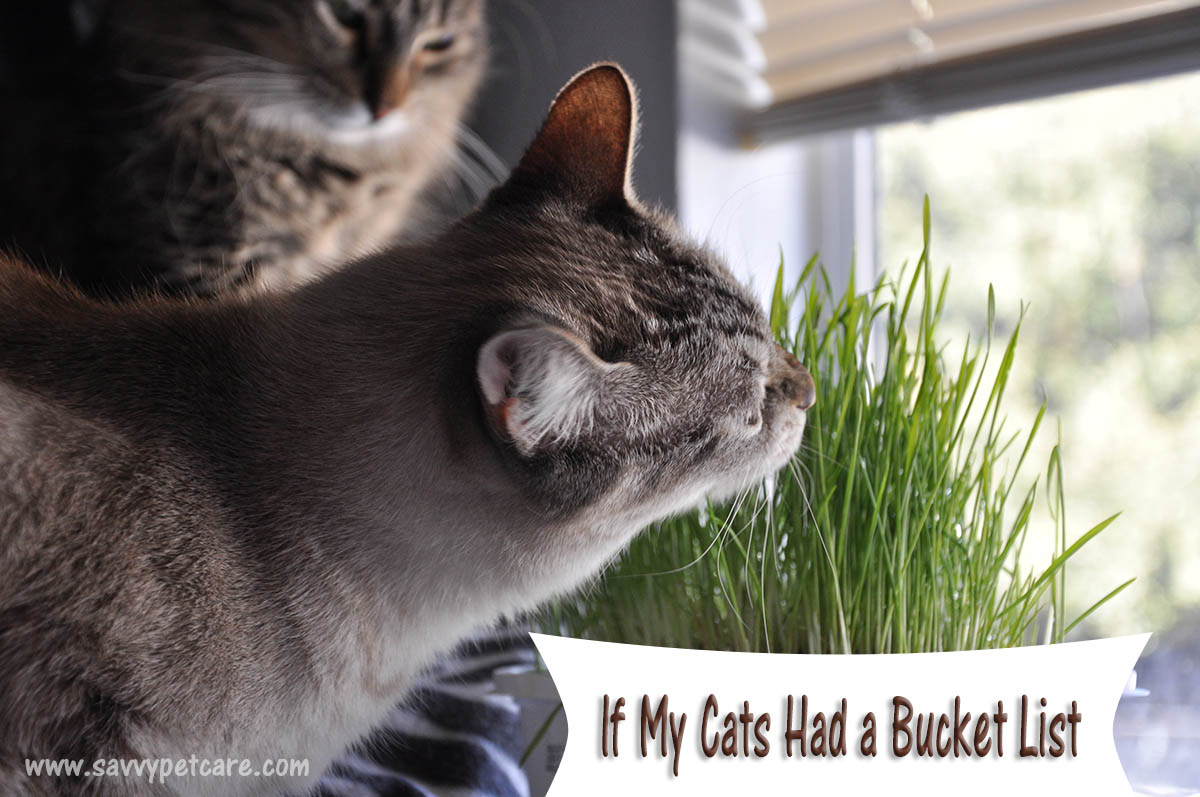
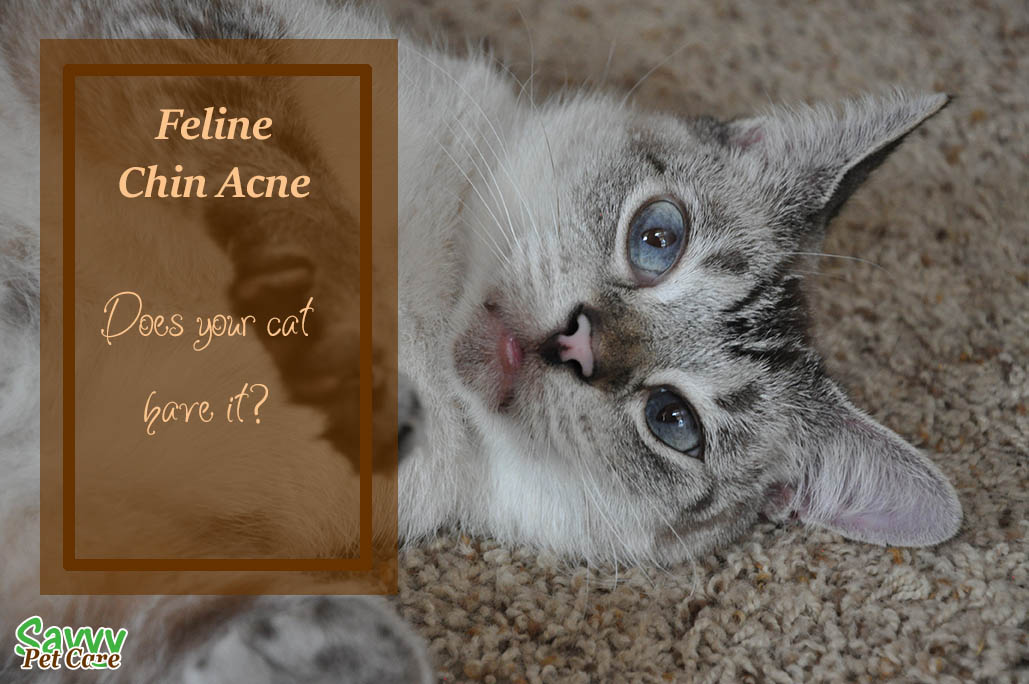
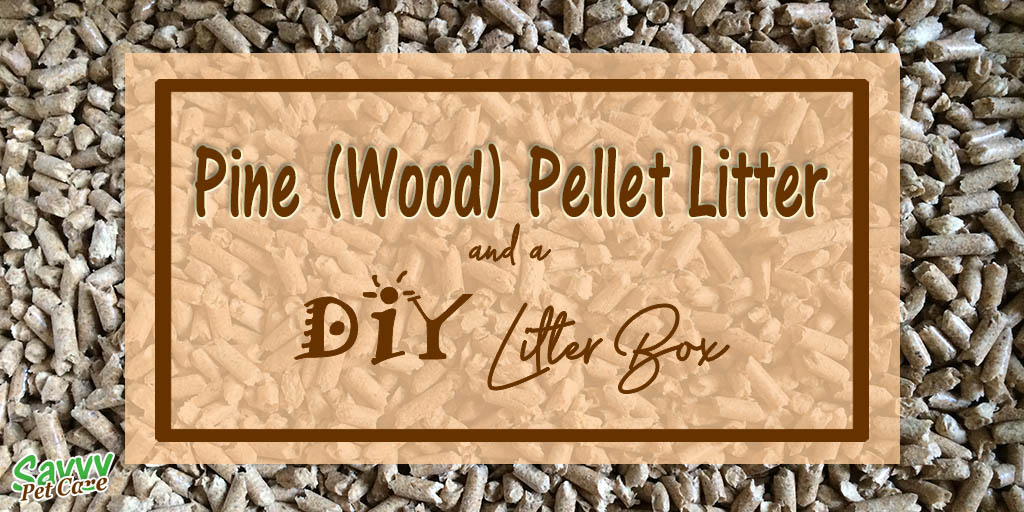

Pingback: Traveling with Cats -- Are cats better traveling companions than dogs? | Gold Country Cowgirl
Pingback: How to Prevent Cat Hairballs - Savvy Pet Care
Pingback: 3 Reasons to Rotate Proteins in Your Pet's Diet - Savvy Pet Care
Pingback: Dangers of Dry Food - Part 2 - How It's Made
Great article, very informative.
Dat’s pawsum awnty Ava. But da chicken info. might be a little skewed. Weez been duin’ a lot of studyin’ and research on ingwedients lately and have found sum disturbing infurmation ’bout ingwedients and da standards and da AAFCO rules. Can’t wait fur da next awrticle.
Luv ya
Dezi and Lexi
Yes, I find it all pretty disturbing. Even though ingredients are listed, you still just don’t know where they came from or exactly what’s there.
Thanks for all the research on dry food… I try to be as picky as possible with my limited income to look after my Kits and rescued kits. I look for grain free as much as possible, but the best I can do at the moment is Iams. I will be more diligent to check ingredients…
As to the addition of euthanized pets… someone should start a campaign to make this appalling practice illegal.
-Katie Kat.
Our two big dogs exclusively eat dry food from the vet’s office. Our cat eats canned food from the pet store. We have figures out what is best for each animal. Even the dogs eat different brands and type of dry food. Crazy!
Glad you found what works for you.
My problem is cost too. This is not good for my doggies. Thanks for the tip.
we treat our pets like our family, thanks for sharing the ingredients that could be harmful to our beloved pets.
Don’t have cats but I’ve had dalmatians for 15 years and have fed dry food during that whole time. Sometimes with canned food, but usually 90% dry.
I actually tried to switch my dog to wet food once and it made her so sick. She is only a 4lb. dog, so I switched her back to her dry food. I am not really educated on dog food as she is my first pet, so thank you for sharing all of this info. I am going to look into other options.
Thanks for being open to checking out other options.
This is a great post! I immediately went to read the ingredients on our dry food. First ingredient is chicken. No preseratives or artificial ingredients, and no corn, wheat or soy. But there’s chicken meal. No matter how hard I try Lola will NOT switch from dry food. She’ll go on a hunger strike first. I
Thank you! Your food sounds pretty good. Eventually, I’ll have some suggestions about how to switch over if you haven’t already tried them all and you want to give it another go. I have one that took weeks to switch over and he’s still finicky.
my problem is always cost. i have way too many to do canned exclusively. i have fed raw to the ones with ibd and had good results, but special diets in a multi-cat household are difficult to maintain. right now, i do free-feed, dry with whole chicken as first ingredient. then a little canned each night.
I used to foster so totally understand the cost issue. For me, making my own chicken formula is less expensive than buying canned or frozen. I like to use other meats also so am looking for providers.